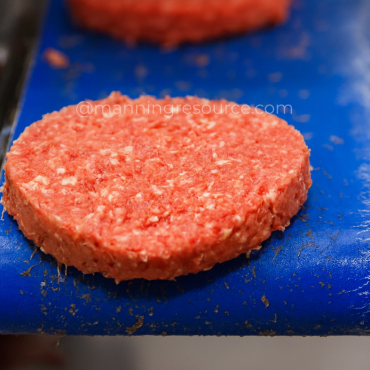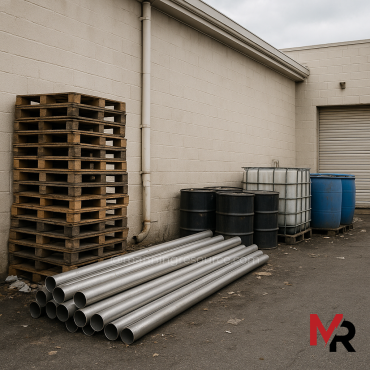Rubber components – seals, gaskets, diaphragms, and O-rings, might look fine at a glance, but hidden chemical degradation and dry rot could be quietly destroying your plant’s integrity.
Why It Matters
Degraded rubber components don’t just mean a maintenance headache, they can cause contamination, leaks, unscheduled downtime, and even recalls.
The cracks and fissures from chemical breakdown can create a perfect pathogenic harborage area, which are tough to eliminate once they take hold.
These risks also endanger your employees, exposing them to potential hazardous leaks, which can compromise safety.
Top Causes
– Chemical Exposure: Harsh cleaning agents, excessive CIP cycles, or incompatible chemicals attack rubber at the molecular level.
– Temperature Extremes: High temps from processing lines or sterilization cycles accelerate breakdown.
– Ozone & Oxygen: Oxidation and ozone exposure lead to surface cracking and dry rot.
– Improper Material Selection: Not all rubber components are created equal; using the wrong type for your process invites early failure.
Top Tips to Prevent It
– Use chemically compatible materials for your products and specific cleaning regimes.
– Inspect rubber components regularly for early signs of cracking, swelling, or brittleness.
– Replace seals and gaskets on a proactive schedule, not just when they fail.
– Train your team to recognize early warning signs during routine maintenance and sanitation.
– Work with suppliers to select the right elastomers for temperature, chemical, and mechanical stresses.
Proactive maintenance and the right materials can save your operation from costly failures and protect your consumers from hidden pathogens.
This is an AI generated image.
#FoodSafety #Manufacturing #RecallPrevention #QualityAssurance #GasketFailure #FoodBeverageIndustry #ProcessSafety #HygieneControl #MicrobialContamination




Add Comment